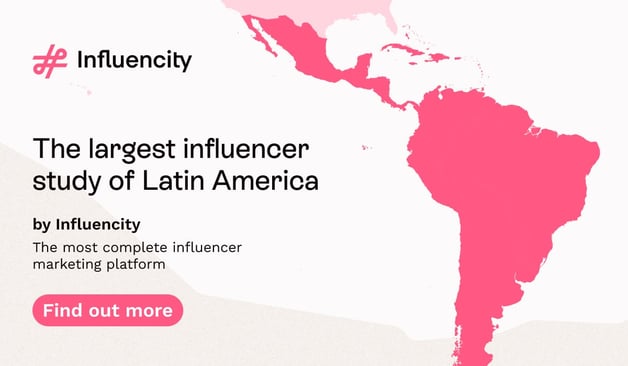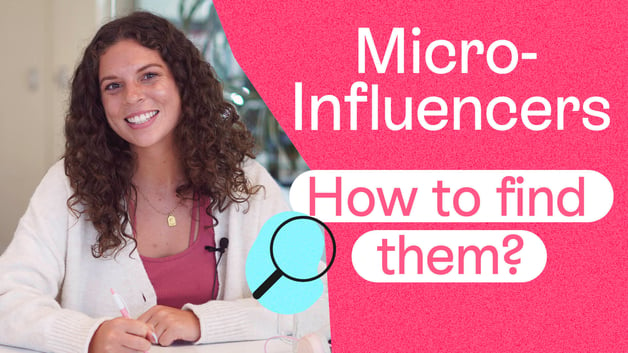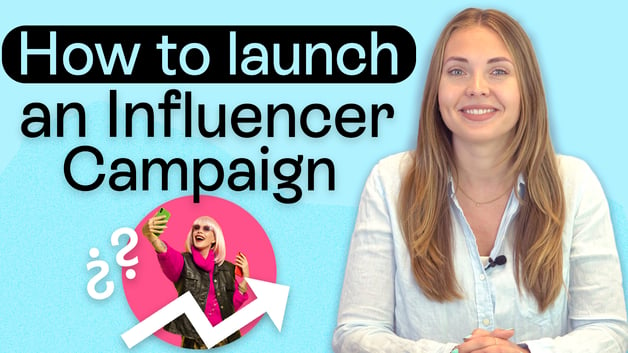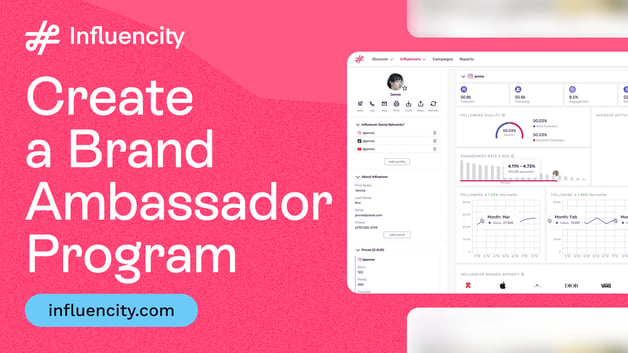Influencer Marketing Campaigns, a must for 2021
Objective of brands and advertisers in 2021: Connect in an authentic and close way with their target audience. They have realized that it is easier to do this through influencer marketing.
How has influencer marketing, coupled with the right platform and technology has consolidated the 360 brand marketing campaigns over the years?
To understand the rise in influencer marketing content and engagement, let us look at the rise of social media usage over the years.
Rise of Social Media
As per the October 2020 Digital Snapshot of We Are Social, over 4 Millions of people worldwide (4.14 billion) are now using social media every month. This is an unprecedented 53 percent adoption rate for the overall population of the planet.
In contrast, there are 4.66 billion Internet users, which is 88.9 percent of all Online consumers.
Consumers use social media every month. On average, two million people register into social networks on a regular basis.
The popularity of social media is far more apparent when you glance at the percentage difference from October 2019 through October 2020. In that time:
- The total world population grew by 1.0%, +81 million
- Unique mobile phone users rose by 2.0%, +102 million
- Internet users rose by 7.4%, +321 million
- Active social media users rose by 12.3%, +453 million
What Are The Key Areas of Influencer Marketing for Brands?
1. Microinfluencers
Microinfluencers are not the freshest idea, but they continue to expand at a rapid rate. With limited but concentrated follower bases, these influencers are minimal but effective.
They can be more prominent than mass influencers, since their degree of interaction appears to be greater. Many microinfluencers produce their own posts and control their social networks personally. Their content share a personal sound that resonates with fans, and advertisers can be more readily linked to them. They feature as highly effective in influencer statistics. Microinfluencers also provide a more organic outreach, thereby negating the effects of fake followers or hidden advertising. The social media space of micro influencers are stated to increase in 2021.

An example of the above are the statistics of this US profile. It is a @goldenours__, niche profile dedicated to photography. A micro influencer with 9,000 followers on Instagram, an engagement rate of 10.5% and a followers quality of 86.70%. If you’d like to see her full stats, click here.
2. TikTok – The Emerging Player
Although Instagram continues to be the main force for influencer marketing, TikTok is expecting to make ground. In an industry survey of 200 online marketing resources experts, more than 30% of whom pointed to TikTok as the choice forum for marketing influencer campaigns.
Users enjoy the App’s easy-to-watch, innovative videos while advertisers love the fact that material is quickly able to reach a large audience. And so, TikTok’s viewership continues to grow—currently around 850 million responsive monthly users.
3. Why Is TikTok growing?
The app has seen the highest surge in use during the pandemic induced lock-down. The app allows users to create innovative and fun videos at the push of a button. Influencers can help brands maximize their efficacy out of the app by helping personalize the campaigns and add a human touch.
Also, TikTok is geared toward the younger demographic than other social networking sites, which would imply a non-paying population. 24.10% percent of the female TikTok viewer will be between 18-24 years of age whereas 15.38 percent of the male viewer is between 25-34 years of age. Both are the main age groups on the network.
Second, TikTok lifts the barriers to competition. To partner with TikTok explicitly on endorsed advertised hashtag projects, prices will start at $150,000 per day according to Talking Influence.
4. Authentic Influencers
Using AI and resources such as Influencity, brands will concentrate on finding and analyzing influencers with quality fans. The reputation of the brand is absolutely necessary and they cannot place their reputation in the hands of the influencers who are buying bots. Brands, thus, take a lot of care when considering the influencers for their projects.

These statistics show us a profile with a fake followers, @haydenhayder1 is a British macro influencer with 200,000 followers on Instagram, an engagement of 1.57% and a followers quality of 17.44%. If you’d like to see her full stats, click here.
According to industry analysis results, on average 16.85 per cent of the influencer’s following are bots and dubious accounts. Around 18.94% are classified as ‘mass following’ – followers that follow more than 1500 accounts. Technology plays a vital role here in detection of fraudulent influencers. Thanks to our metrics, labels, and fake followers, companies are in a better position to spot fraud instantly.
Influencer Marketing Trends In 2021
Some important trends in influencer marketing are as follows:
- Video Remains The Most Popular Form
Video uptick tends to be a continuous trend in the marketing field of influencers. However, with the increasing success of TikTok and the launch of Instagram Reels, it is supposed to be more interactive and innovative than in the past.
Instagram influencer Elizabeth Gilmore acknowledges, opining: “First video, definitely! At the present, I’ve found the most real and the lesser ‘curated’ the better. It keeps audiences more involved, and a deeper honesty helps people feel more connected with parts of the act.”
- Diversification And Inclusion
The spike in social advocacy in 2020 demonstrated the lack of equity in influencer marketing and discrimination experienced by black content producers. With multiple advertisers being held responsible for tokenism or unequal compensation, a number of content producers became outspoken about the need for greater inclusion in influencer marketing.
“Representation counts as it encourages change. Therefore, it can change how people see themselves and the manner they see the brand,” says creator and content maker Sashagai Rudock.
- Deep Meaning Content To Create Bond
In 2020, influencers and marketers stepped back from perfect feeds to get a bit more “honest” for their fans.
With a relentless movement into deeper interactions and partnerships – coming from consumers and Instagram itself. Influencers recently begun to create truly value-driven stories to give their audience a true snapshot into their world.
“More than ever before, people deserve to see your real self! I think having some kind of content that reveals your everyday life, personality is the secret to rising online these days,” creator Rohini expressed.
Influencer Marketing in first position
With the rising advent of influencer driven marketing content, the way ahead for brands will remain rooted in the core idea of connecting with consumers. Influencer marketing content is no more a one shot effort and will form the core of every effective marketing campaign.
The rise has also led to countries employing policies for state social media in 2021. A rise in brand investment is expected throughout the year and in the future.
This would help make the promotion of success influencers in the near term for brands. Influencer marketing expenditures would rise dramatically, but at the same time, increased expenditure would result in a similarly improved monitoring of individual efficiency, ROI.
Fortunately, this is where the in-depth calculation for technology is now making it easier to reach the fore, offering the simple details that have been lacking in influencer marketing so far.
Tags:




















%20and%20How%20Can%20They%20Benefit%20Your%20Brand%20article.jpg?length=628&name=What%20Are%20Key%20Opinion%20Leaders%20(KOL)%20and%20How%20Can%20They%20Benefit%20Your%20Brand%20article.jpg)








